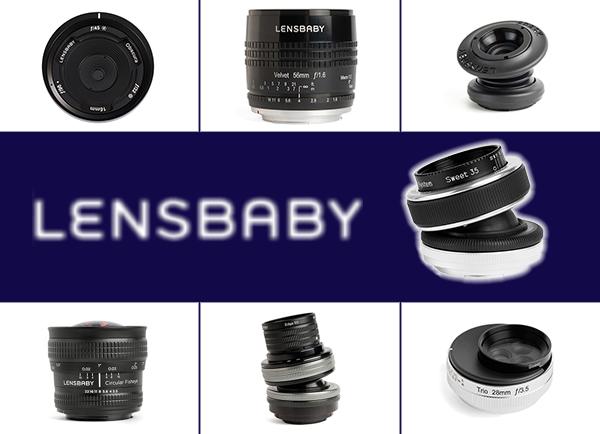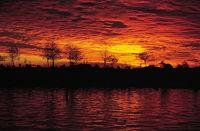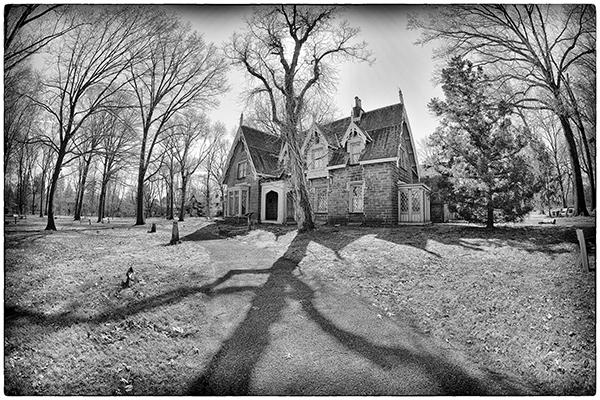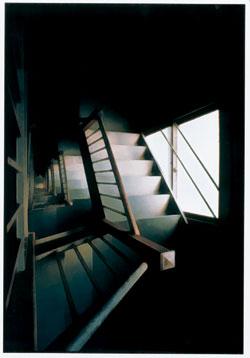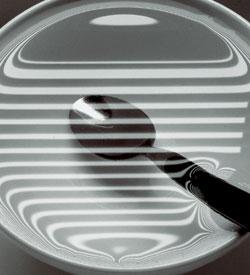Lens Tips
Sort By: Post DateTitle Publish Date
|
May 10, 2024 |
|
Jun 27, 2019 |
|
Jul 12, 2024 |
|
Mar 18, 2024 |
|
Jun 01, 2005 |
First Published: Jan 01, 2005 |
|
Feb 01, 2004 |
|
Feb 01, 2005 |
|
Apr 01, 2003 |
|
Apr 02, 2021 |

